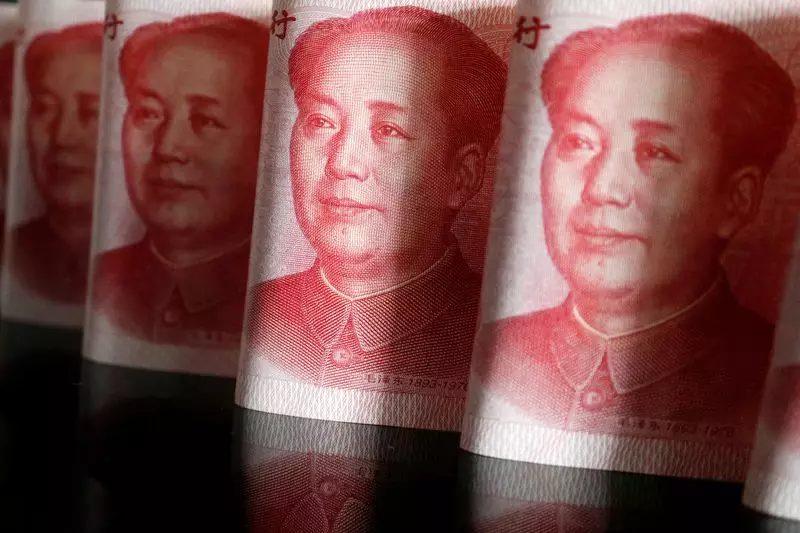China is facing significant economic hurdles as it attempts to navigate post-pandemic recovery amid strong deflationary pressures and a stagnating growth environment. In response, the Chinese government is planning an extensive issuance of special sovereign bonds, reportedly amounting to around 2 trillion yuan (approximately $284.43 billion) this year. This fiscal maneuver aims to stimulate domestic consumption and alleviate the financial burdens faced by local governments.
The issuance of these bonds by the Ministry of Finance (MOF) is geared toward rejuvenating consumption and supporting various sectors within the economy. The first tranche of 1 trillion yuan will specifically target consumer spending, with a focus on subsidies that stimulate trade-ins of older goods and the purchase of new consumer products. This reflects a clear acknowledgment of the declining household spending rates in China, which languish below 40% of GDP—significantly less than the global average.
Additionally, the direct financial support extended to families—particularly those with multiple children—through monthly allowances is another strategic move to encourage spending and boost consumer confidence. By providing around 800 yuan per child (approximately $114), the government appears keen on promoting family growth and consumption, two critical pillars for a recovering economy.
The plan also includes an effort to tackle the burgeoning debt levels of local governments within China, which stand at a staggering $13 trillion. The issuance of another 1 trillion yuan in special sovereign bonds is earmarked for this purpose. This dual approach not only promises immediate fiscal relief but also aims to rectify the long-term financial health of local administrations burdened by excessive liabilities.
Historically, much of China’s fiscal stimulus has been directed toward investment projects; however, as returns on such investments have dwindled, the cost of servicing this debt continues to escalate. A pivot towards stimulating consumption can play a pivotal role in creating a more balanced economic environment, rather than relying heavily on investment-driven growth.
China’s leadership recently reaffirmed its commitment to achieve a 2024 economic growth target of approximately 5%. This pledge was made during a Politburo meeting where officials outlined their strategy to stabilize the housing market while also highlighting the use of ultra-long special sovereign bonds to drive necessary investments in public service and infrastructure.
The current environment demands a multifaceted approach to revitalize consumer confidence, particularly in the wake of a stumbling property market that has severely undermined economic stability. Following the announcement of broader monetary stimulus measures from the central bank, market sentiment has improved, though many analysts suggest that a complementary fiscal package is essential.
Various efforts are in motion to stimulate small and medium-sized enterprises (SMEs), including the provision of tax relief and employment subsidies. These measures are designed to help businesses navigate operational challenges and reduce their financial burdens, thereby contributing to broader economic stability and resilience.
As China embarks on this ambitious plan of fiscal expansion, economists have expressed a blend of caution and optimism. Morgan Stanley analysts noted that, while the actions taken indicate a serious consideration of deflationary risks, the measures may not be drastic enough to transform the economic landscape overnight. The outlook remains nuanced; stakeholders are hopeful for immediate impacts from the sovereign bond issuance but recognize that systemic improvements may require ongoing assessment and adjustment.
Additionally, the consideration of injecting up to 1 trillion yuan into the country’s largest state banks to boost their operational capacity suggests a well-rounded strategy that encompasses both fiscal and financial measures. By bolstering the banks’ ability to lend, the government aims to create an environment conducive to increased economic activity and consumer spending.
Ultimately, the deliberations and decisions being made by Chinese authorities showcase a concerted effort to address a complex array of challenges. As the nation continues to formulate strategies to invigorate its economy, the forthcoming fiscal measures will be critical in determining the trajectory of its recovery and growth—a journey that remains closely monitored by global observers.

